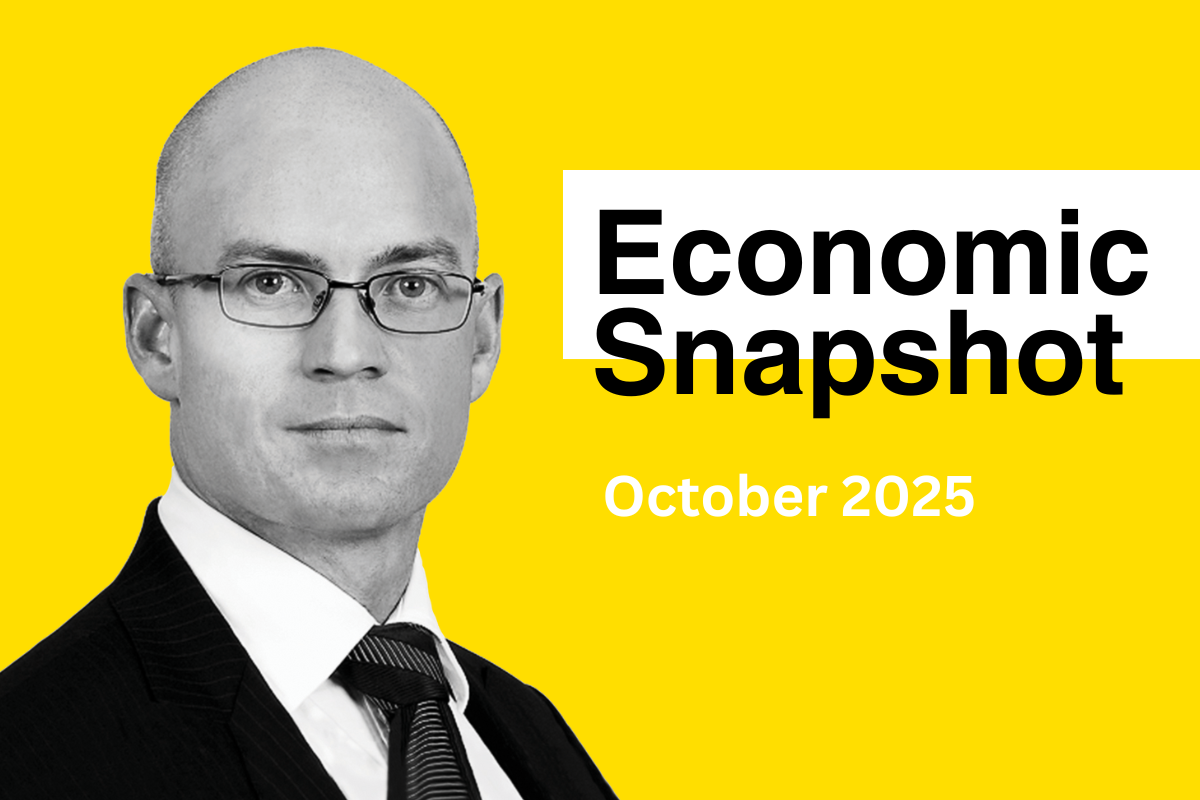Buy Now, Pay Later: why might you want to pay now

“Pay Later”, interest-free finances cool younger cousin is being blamed for a sudden rise in debt. This convenient system is becoming very popular amongst all ages, yet some individuals are struggling to organise their personal finances and falling behind on essential bills due to accumulated payments.
Now regulators are questioning the millennial payment system that made it possible for many of us to continue affording certain online products during the pandemic.
So, what’s going to happen? Consumer’s fees could increase since the government is looking to regulate the sector.
The Reserve Bank of Australia argued in October that retailers should be allowed to pass on fees to consumers who choose to buy now and pay later.
In order to use these systems, retailers usually have to pay a fee that can be as low as 2% or as high as 7%. The organisation Financial Counselling Australia surveyed 284 financial counsellors and revealed that 84% of them found the majority of their clients had accumulated debt from the payment system.
61% of those interviewed also consider that clients using the buy now, pay later service are failing to keep up with other living expenses.
‘Many clients are prioritising BNPL repayments over other essential expenses, like food and rent, to keep their BNPL accounts open,’ according to the report entitled It’s Credit, It’s Causing Harm and We Need Better Safeguards.
While the companies like to refer to the payment system as a “budgeting tool”, almost all financial counsellors who took part in the survey firmly believe it should be labelled as credit and the same strict laws and regulations governing home loans and credit cards need to apply to it.
Currently, Australians are signing up to these systems, tapping at shopping centres and making purchases without any prior considerations to their financial situation. The reality is, since there are no credit checks, it’s the individual’s responsibility to ensure he or she can afford to pay the repayments.
Consumer watchdog, ASIC (Australian Securities and Investments Commission) conducted research into the scheme last year that revealed 20% of consumers missed payments. The report says that there was an increase of 38% on the previous year and totals $43 million.
Just under half (47%) of consumers who missed payments were aged 18-29.
One in five buy now-pay later users said they had gone without essentials to meet their repayments and 15% said they had taken out an additional loan. Of those who took out an additional loan, 50% were aged 18-29.
No decision on the future of the buy now-pay later scheme will be made before the election, which is due before May next year.
Latest News Articles
Back to Latest News
Economic Snapshot – October 2025 Update

Solar Sharer: Free Power Coming to Millions of Aussie Homes


